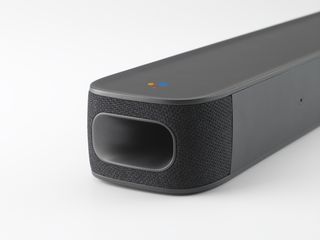Article
Monitoring of breathing irregularities
An algorithm can use WiFi signal changes to help identify breathing issues | Engadget
In-vehicle presence detection
From the horse’s mouth
Wi-Fi Alliance
Lisbon demonstration showcases how Wi-Fi Sensing can assist in a critical scenario | Wi-Fi Alliance
My Comments
The Wi-Fi Alliance is extending the Wi-Fi network technology beyond a local data network technology towards a presence and movement sensing technology.
This can exploit newer Wi-Fi technologies like Wi-Fi 5 onwards which implement MIMO multiple-RF-frontend technologies; or the increasingly-common multiple-access-point Wi-Fi networks. Here, it is about sensing disturbance in electromagnetic wave patterns that are the basis of radio technology whenever people or things move about.
A viable use case that has been demonstrated is a “child presence detection” setup for motor vehicles. Here, this detects the presence of a baby, small child or dog within a motor vehicle’s interior and alerts the driver to the child’s or animal’s presence. This is to avoid incidents like the toddler who was “forgotten” in a childcare facility’s minibus where the child was at risk of overheating for example due to it being asleep and out of sight in the vehicle.
This approach doesn’t just sense the presence of the child in a closed vehicle but also monitors biometric signs like breathing so it is a live person or animal. As well, it is based around two Wi-Fi access points within the vehicle – one on the driver’s side of the dashboard and one under the front passenger seat to create the sensing envelope. This is typical for most passenger cars with the front seat row and the back seat row but could be reworked for larger vehicles like station wagons or minibuses.
Once proven in a real world situation, this use case could be about a feature that is mandated by motor-vehicle safety standards bodies as part of a vehicle’s safety rating or as a mandatory feature for vehicles to have before they are on the market.
It is also being seen as a technology to identify whether someone in the house has breathing issues along with simple use cases like presence and motion sensing within the house for energy efficiency, security and convenience functionality in the smart home. I would also see it as a boon towards independent ageing at home by detecting falls for example.
What is happening is that Wi-Fi technology will come in to play for more than just a backbone for a home network. Here, it would be about safety or in-home healthcare that assures some form of independence. This is while it can still serve that role of a data network backbone.


